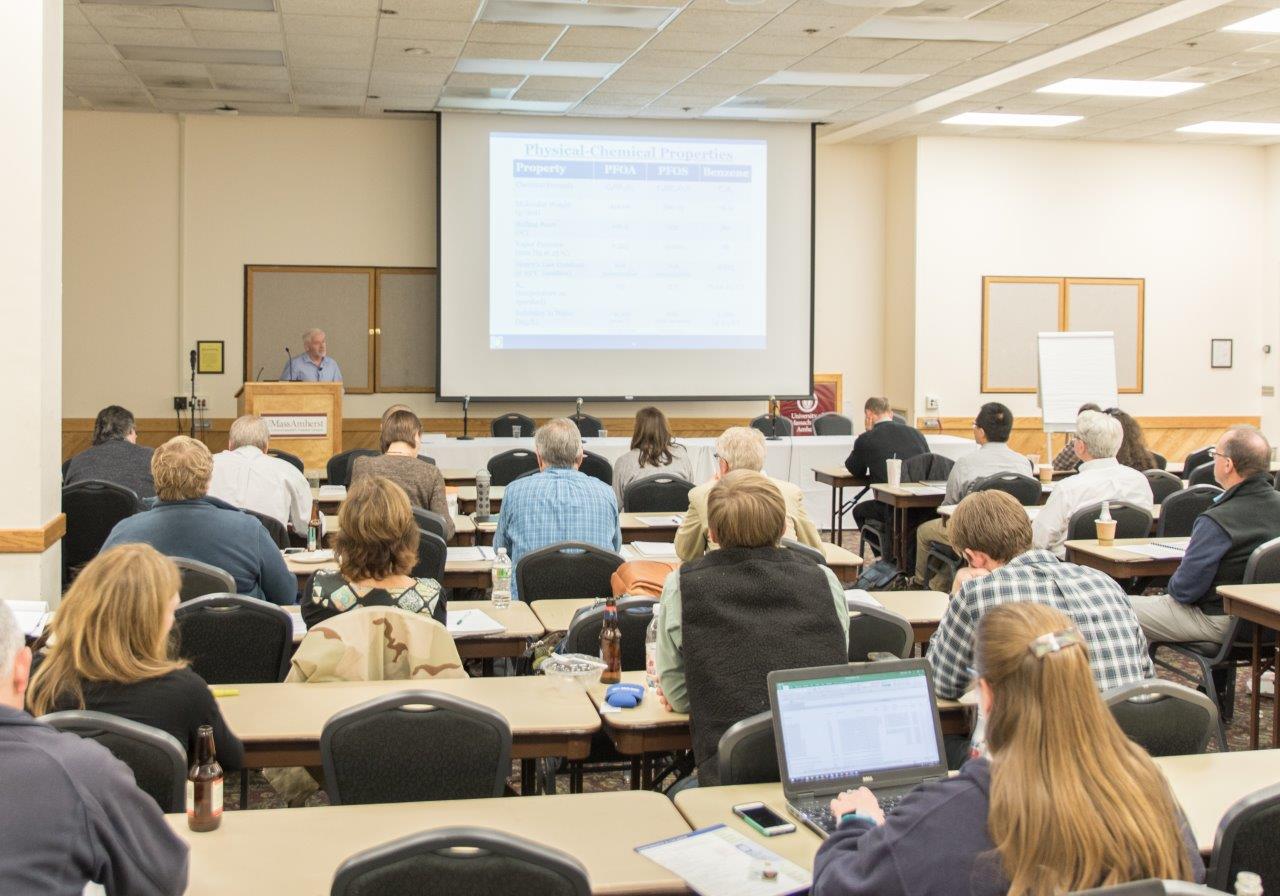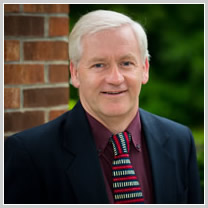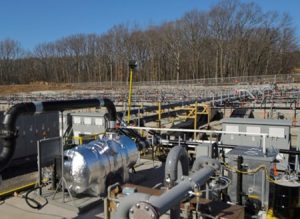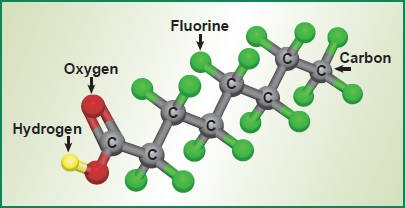
Original Announcement:
WHEN: Wednesday October 18, 2017 from 6:30 - 9:30 PM
WHERE: Amherst, Massachusetts
Click here for the workshop description (p. 10) and
full conference program.
Conference registration can be found here.
You are cordially invited to join us for an informative webinar covering the both ex- and in-situ remedial options for polyfluoroalkyl substances (PFAS). PFAS are contaminants of emerging concern that are increasingly being detected in ground, surface, and drinking water. PFAS are primarily associated with the manufacturing of fire fighting foams, carpeting, non-stick cookware, food wrappings, and are not naturally occurring in the environment.
The presentation will include:
- General properties of PFAS as they impact remedial technology selection.
- Remedial options based upon efficacy.
- A question and answer period.
Feel free to forward this webpage to colleagues/friends that might benefit from this free webinar.
Can't attend live? Please register anyway, we will be sending out a post-presentation email with a video link and slides (upon request).
 PRESENTER and SPONSOR
PRESENTER and SPONSOR
Michael Marley, M.Sc., CT LEP
XDD Environmental
Mike Marley, president and co-founder of XDD Environmental, has over 35 years of experience in environmental and civil engineering. He has been at the forefront of developing design and application protocols for soil vapor extraction, sparging and in-situ chemical oxidation (ISCO) technologies. Mike is commonly used by both private industry and regulatory agencies to conduct peer reviews and testimony services both nationally and internationally. He reviews articles for several remediation journals and has published numerous articles and written chapters in several monographs and books on in-situ remediation.
 PRESENTER
PRESENTER
Ellen Moyer, Ph.D, P.E.
Greenvironment, LLC
As an environmental engineer with 30 years of experience, Ellen Moyer works on projects for federal agencies and Fortune 500 companies to clean up hazardous waste sites contaminated by a wide array of harmful chemicals. Moyer has an M.S. in environmental engineering, and a Ph.D. in civil engineering, and is a registered professional engineer. Moyer has authored three books "MTBE Remediation Handbook" and the just released "Our Earth, Our Species, Our Selves: How to Thrive While Creating a Sustainable World"
 PRESENTER
PRESENTER
Dr. Raymond G. Ball, P.E., L.S.P.
EnChem Engineering, Inc.
Dr. Ball, an environmental engineer, has 35 years of national experience with environmental issues related to organic and inorganic pollutants in the environment. He is a Registered Professional Engineer and a Licensed Site Professional in Massachusetts. Dr. Ball has served as a hazardous waste consultant to the U.S. Environmental Protection Agency on various remediation projects at military bases throughout the U.S. He has managed major remediation projects for industrial and government clients.








